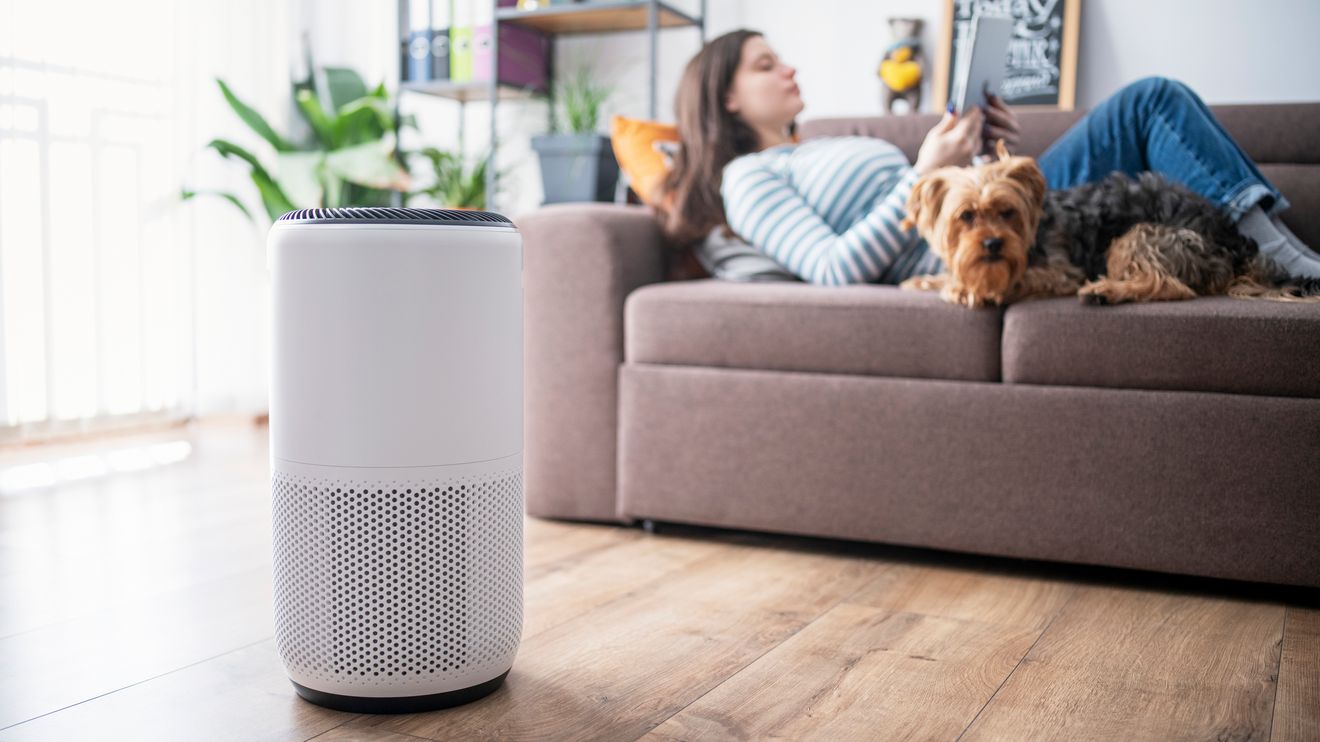As a good portion of the U.S. battles with poor air quality due to smoke from Canadian wildfires, many people are looking to purchase an air purifier.
Google searches related to the subject, such as “where to buy air purifiers” and “air purifier pick up today,” spiked by more than 5,000% in the past day. And there were reports some retailers already sold out of their supply. (MarketWatch reached out to Best Buy, Walmart and Target for comment about stocking issues, but didn’t receive a response.)
So what kind of air purifier should folks be looking for?
There are dozens — make that thousands — of models to consider. Last year, Consumer Reports did a survey that looked at 8,377 models purchased between 2012 and 2022. In short, you have choices.
So, how to narrow things down? We considered advice offered by a range of experts and publications and have boiled it into five key buying tips to consider.
It’s all about the HEPA filter
There are different styles of purifiers on the market, but those in the know generally advise to look for one that uses a HEPA (high energy particulate air) filter. It’s defined by the U.S. Environmental Protection Agency as a filter that “can theoretically remove at least 99.97% of dust, pollen, mold, bacteria, and any airborne particles with a size of 0.3 microns.”
Then again, it’s also about the CADR
You want a purifier with enough power to do its job. That’s where the CADR (clear air delivery rate) comes into play. As the website of home-repair guru Bob Vila explains it: “The CADR rating specifies how quickly an air purifier is able to remove contaminants, such as dust, pollen and smoke, from the air in a room. Air purifiers with higher CADR ratings will be able to clean the air in a space more quickly than models with a lower CADR rating.”
Consider the room where the purifier will be used
A high CADR may be good in theory, but you don’t want to buy a purifier that’s more powerful than needed for the room where it will be placed, experts advise. “You definitely don’t need to pick the largest,” Dr. Alison Lee, a pulmonary specialist at the Icahn School of Medicine at Mount Sinai, told MarketWatch. The Association of Home Appliance Manufacturers (AHAM) says you should follow the “2/3 Rule,” as in the “CADR of your air cleaner should be equal to at least two-thirds of the room’s area.”
Let’s not forget the noise factor
Like almost any appliance, an air purifier can make noise, so it’s worth seeing if it carries a decibel rating. Generally, anything rated 50 decibels or below should be quiet enough, according to many review sites. “This would be on par with a quiet office setting, a normal conversation, or the sound of an air conditioner,” says the Gadget Review site.
Finally, be prepared to pay
Prices for quality air purifiers can range from about $100 to $300, according to review sites, such as Wirecutter, though you can spend more (some models can cost as much as $1,000). Keep in mind you’ll also have to replace the HEPA filters, which adds to the expense; the Gadget Review says you should swap them out every 6 months to a year, depending upon usage.
Plus, you may need more than one purifier, as in one for the living room, one for each bedroom, etc. Lee, the pulmonology specialist, notes this is especially the case if you have a family member with respiratory issues. “My son has asthma so we have one in his bedroom,” she says.
Read the full article here













